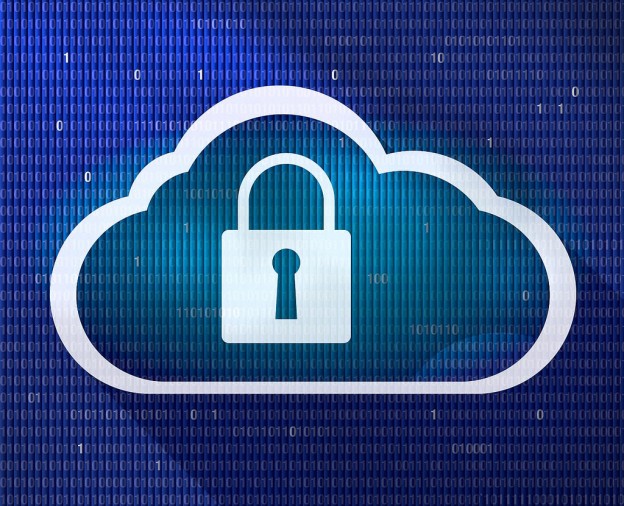Customers usually raise concerns if they seek to use native cloud security controls or invest in third party solutions for AWS cloud security. The answer, of course, is not one size fits all. Once analyzed in depth for the best means of third party solutions for system security, the issue generally reveals a need to use existing on-premise security controls.
After all, utilizing existing tools provides an assured level of comfort. Nonetheless, before jumping to technology choices, it is helpful to know each and every need of your specific system of Managed AWS cloud solutions.
Existent Security Tools
To begin with, ask yourself what number of security tools have you deployed in your current setting, and what specific risks do they address? There are many advantages to knowing this data and the solution will be unclear till you know your own system. Your move to AWS cloud solutions ought to be a chance to fully revamp any ineffective security programs and tools. In scrambling to assemble this data, do not forget to conjointly embody an inventory of the risks that every existing tool addresses. What the cloud service provider (CSP, AWS in this case) natively offers can make your team able enough to complete a niche analysis. Rather than estimate the risks, they are going to be able to create association based calls on cloud-native as well as third party solutions, as the situation demands.
Meet Requirements With Apt Technology
When consulting with clients, one of the primary controls they seek over their AWS cloud solutions concerns firewalls. Should you have a necessity to use your existing risk resolution for battling security complications within the cloud or must you use what AWS cloud security natively offers?
The answer to this vital question, usually indicates attention on technology instead of system needs. If we have a tendency to raise the question focusing first on needs, the solution becomes amply clear.
Also, does the information within the setting have compliance needs that may exclude the deployment of native AWS cloud security capabilities? This concentration on needs is vital for risk mitigation. Specifically in relation to custom firewalls within the on-premise AWS cloud solutions, there is usually only a single possibility: purchase a third party software. Amazon Web Services and other CSPs all have native firewall offerings. Native firewalls supply practicality, kind of like traditional firewalls, however the lack of awareness of new cyber threats that leverage data vulnerability raises the risk of intrusions and hacking attempts being successful.
On top of requirements-driven analysis, questioning the effectiveness of security can be used across the spectrum of security tools: knowledge loss bar, hardware security modules, terminus protection, identity and access management, etc.
Use your decision to migrate to the AWS cloud as a chance to catalog all of your existing security tools employing a requirements-driven approach. Adopt native controls given as part of AWS cloud security provider as far as they allow and make certain that any third party solutions you are considering perceive cloud-native threats. Security should embrace flexibility, particularly as a mixture of native and third party controls, or your business may face the terribly real threat of hacks and business data compromises in the future!






 Live Chat
Live Chat